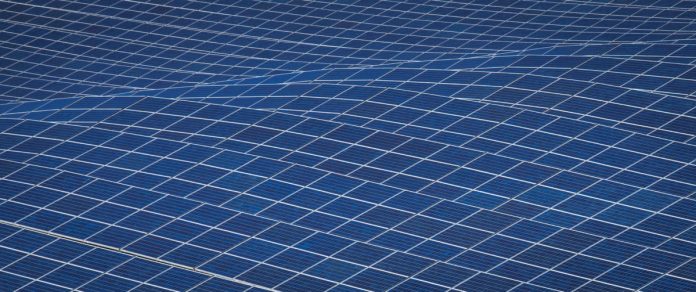Next time you hear about the launch of a new “next-generation” solar module, take the news with a measure of caution, because the product not only might not actually be as innovative as its manufacturer promises, but also because there are no “new generations” of products in the solar industry, according to Win C. Sinke.
Sinke, a researcher at the University of Amsterdam, draws this conclusion in Development of photovoltaic technologies for global impact, a new study published in Renewable Energy and on the DirectScience website. He argues that the development of PV technology over the past few decades should instead be seen as an evolutionary process.
Three categories
Sinke stressed that the concept of “PV generations” was first used by Martin Green of the University of New South Wales to classify the complex landscape of existing and commercially available PV module technologies. Green included all crystalline silicon technologies under the first generation, while classifying thin-film technologies such as cadmium-telluride (CdTe), copper-indium-gallium-selenide (CIGS) and amorphous or microcrystalline silicon (aSi or μcSi) as “second-generation technologies.”
Green also created a third category for all thin-film technologies and other innovative technologies that exceed the Shockley-Queisser (SQ) limit, which the first two generations were unable to cross.
“The categorization in three generations has been used frequently by researchers, students, analysts and others over the past 25 years,” Sinke says. “This has often led to the conclusion that wafer-based crystalline silicon technology is something of the past, not innovative and not worthy of R&D efforts anymore.”
Thin-film products
Sinke argues that current market development shows that crystalline silicon technologies are leading, at least in terms of market share. “In spite of the many new options under development, the existing market leader is very difficult to beat and even strengthens its position and track record further,” he adds.
However, the future success of solar will require a kind of interplay between different PV technologies, he adds.
“It is clear that the introduction of thin-film technology in various forms is decisive for success,” he says. “High-quality passivation, heterojunction technologies and efficient tandems cannot be achieved without using thin-film processes.”
Only a merger of products from the first two generations will help to identify the best solutions for the third one, Sinke adds.
Tech families
Instead of talking about “generations,” Sinke prefers to categorize technologies into different “families.”
“Technology families develop because new generations within the families come and older ones go” he explains. “Moreover, families overlap and even merge.”
This new category would be more effective at explaining why PV technologies rarely become obsolete and eventually disappear, Sinke says, as he believes they follow a more complex, evolutionary path.






